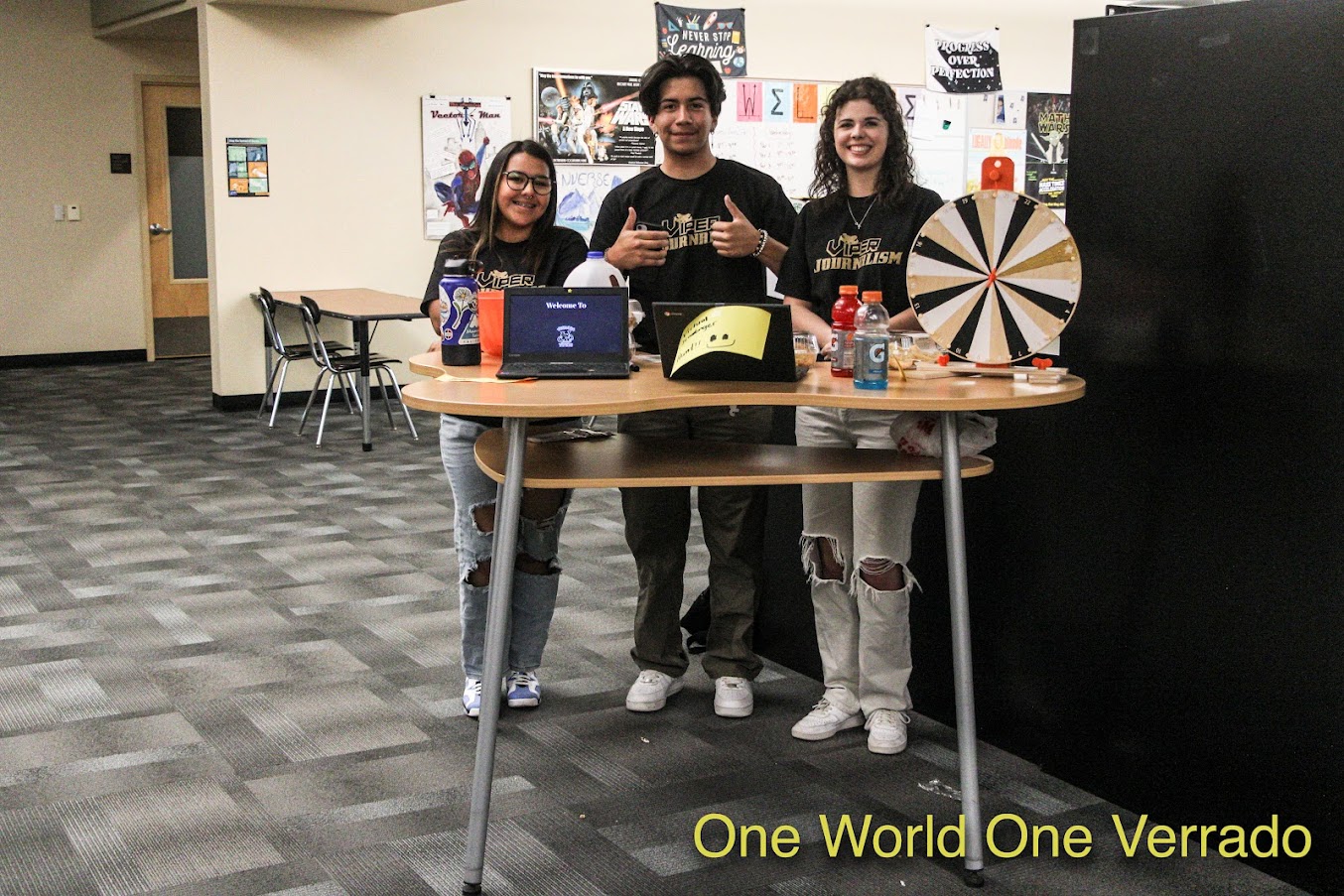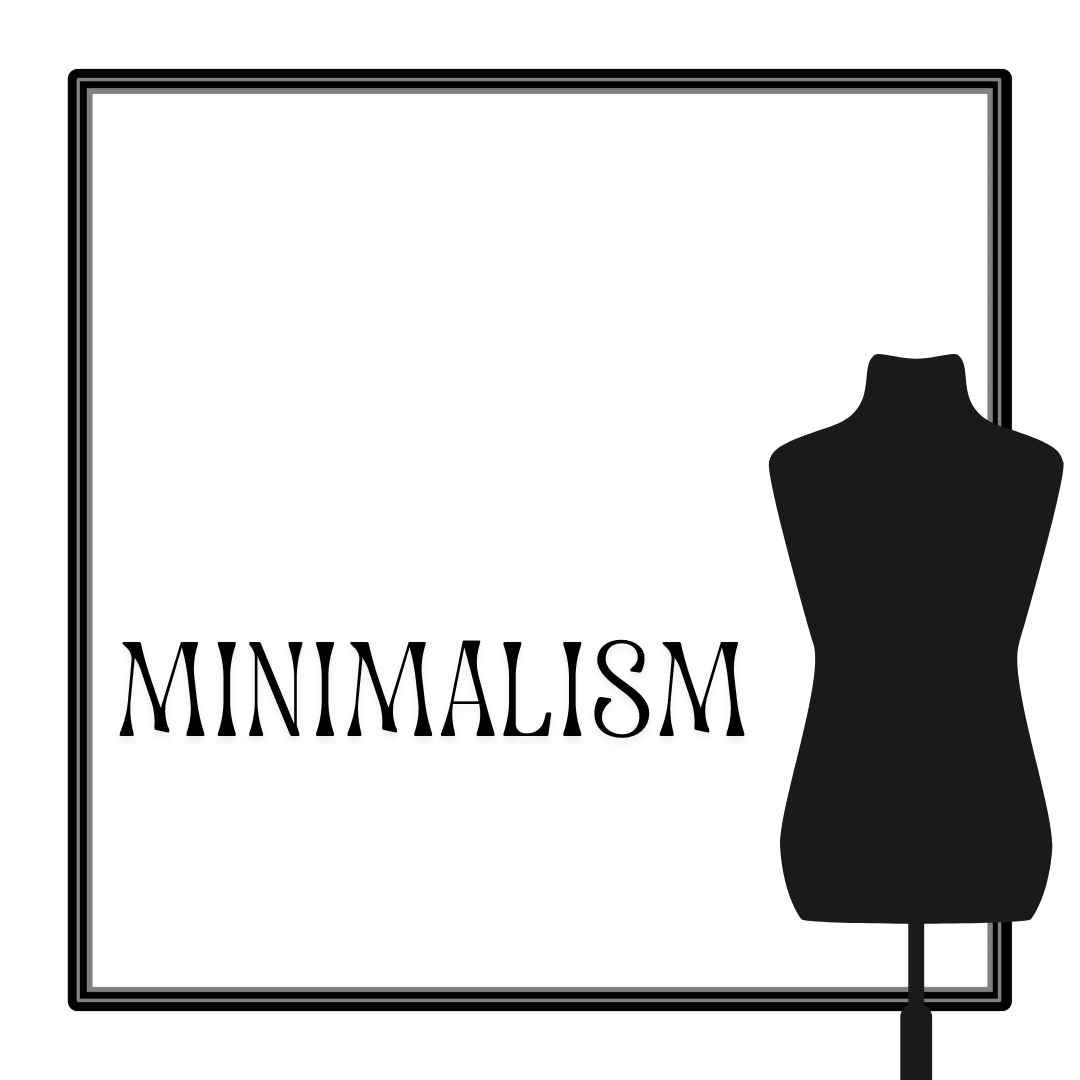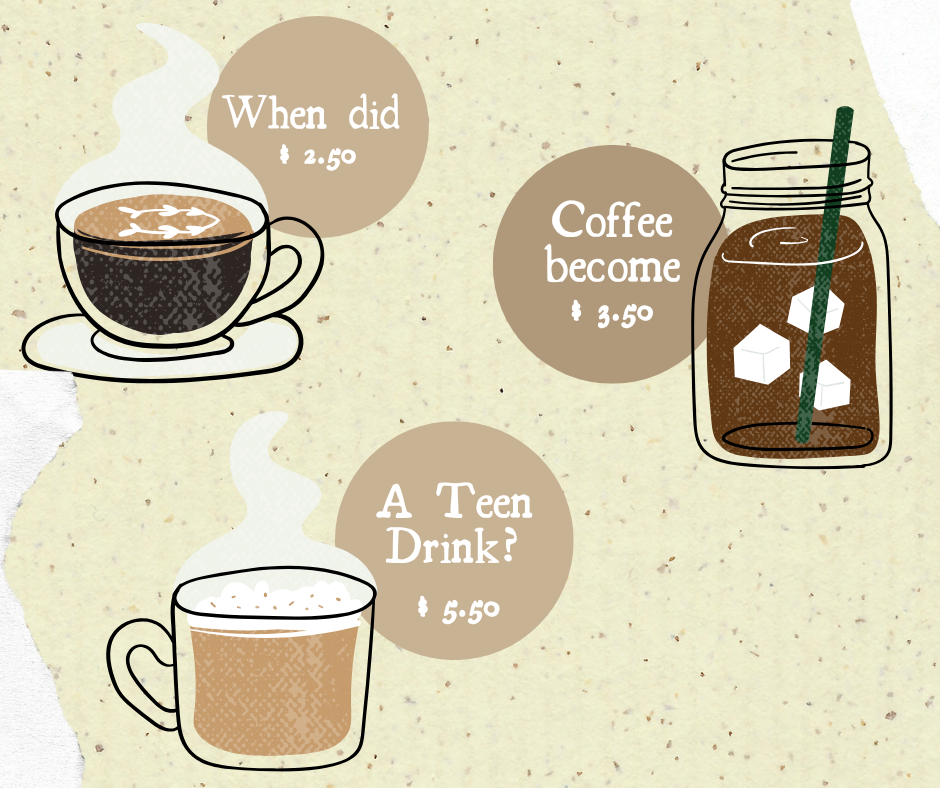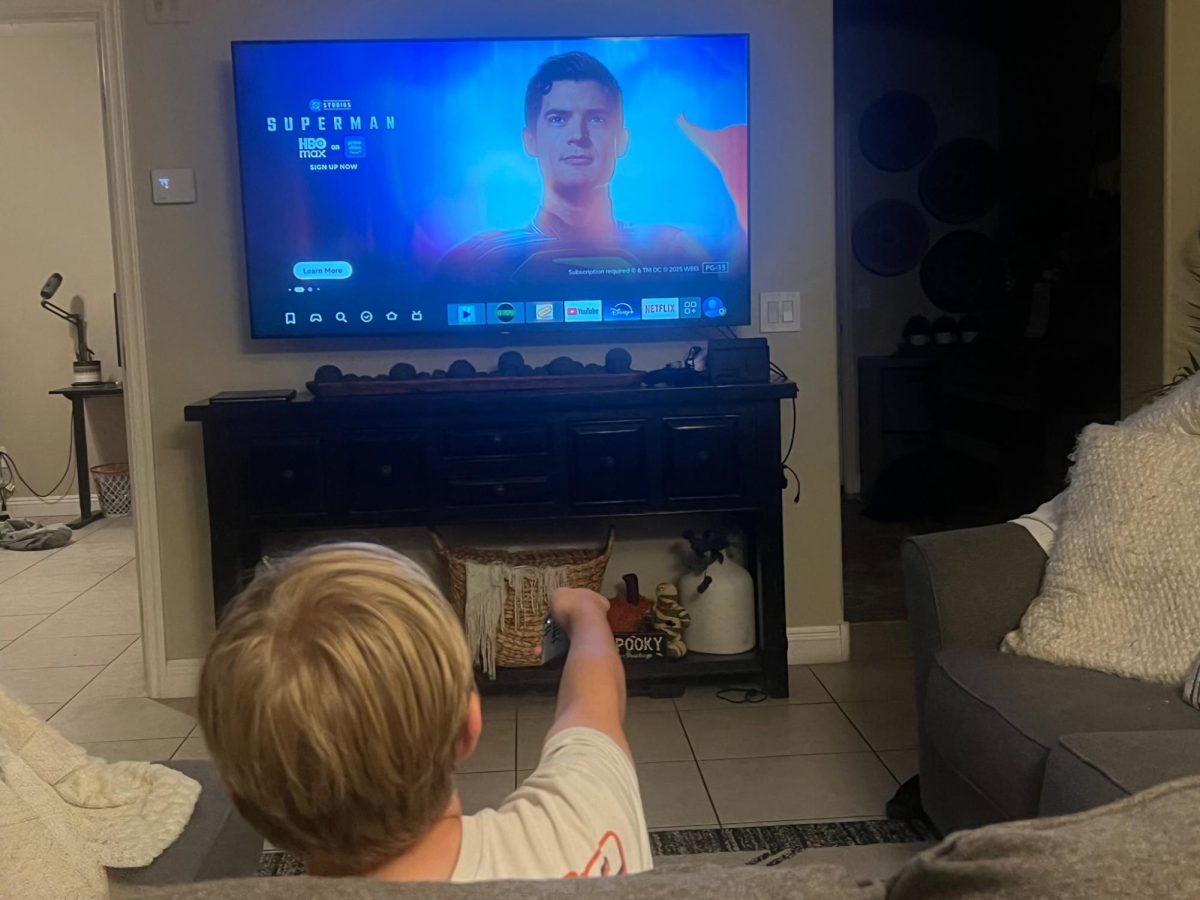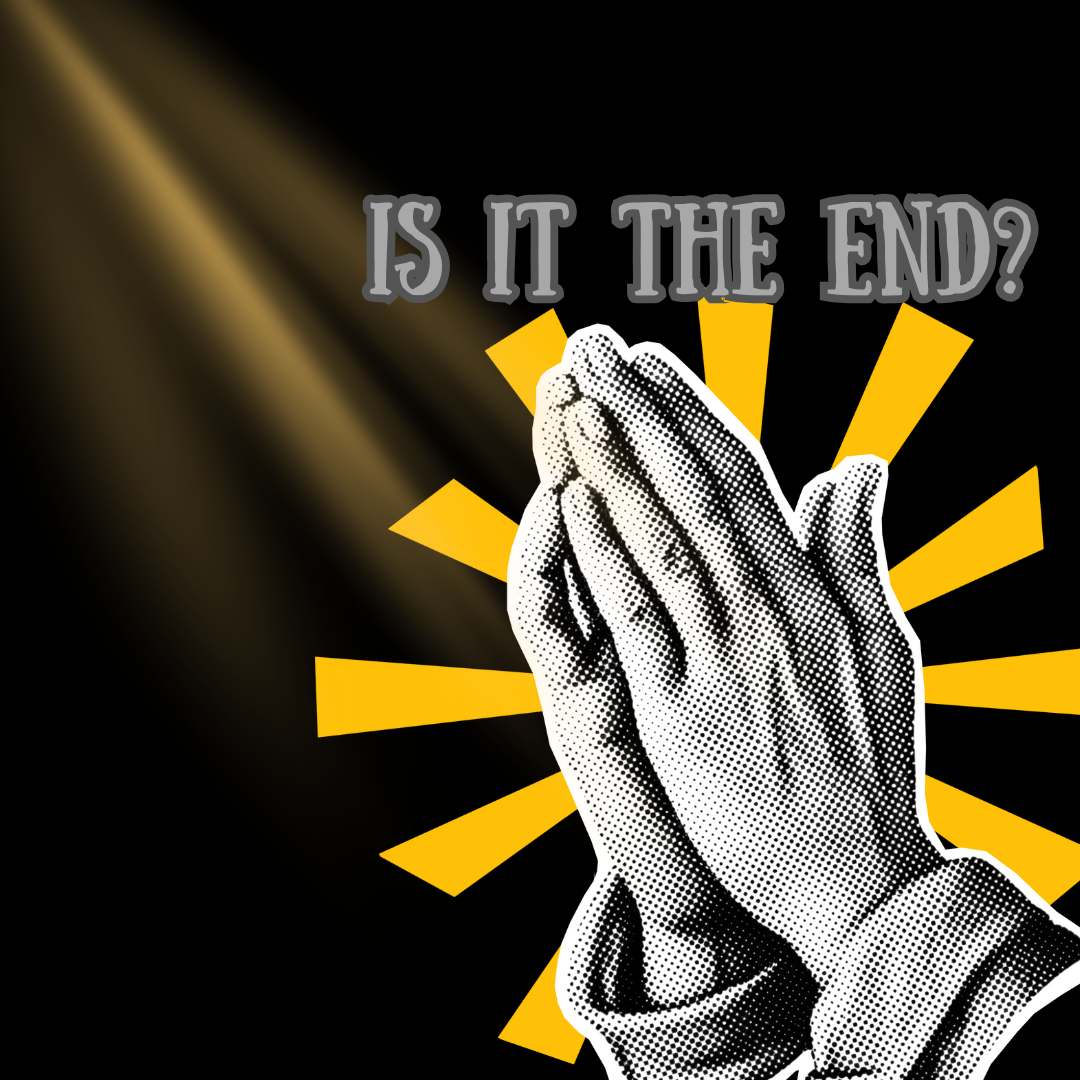In the fast-paced, cluttered world we live in, the idea of minimalism has gained significant attention over the past decade. At first glance, it may seem like just another lifestyle trend, one that promises a cleaner and simpler life by focusing on “less is more.” However, minimalism is much more than that; it is a mindset, a way of approaching life that emphasizes intentionality, purpose, and freedom.
Minimalism is not about getting rid of things for the sake of simplicity. It’s about choosing what truly adds value to your life and letting go of what doesn’t. In today’s consumer-driven culture, it’s easy to accumulate stuff, but the problem with this is that our possessions can end up owning us. This leads to stress, clutter, and an overall overwhelming sense of being “stuck.”
The style of life encourages us to reflect on what really matters. When we choose to live with less, we begin to prioritize experiences, relationships, and activities that bring us joy and fulfillment. By eliminating distractions, we create space for more meaningful connections and personal growth. This shift doesn’t just impact our physical surroundings, it affects our mindset and how we interact with the world.
While minimalism is often seen as an aesthetic, with clean lines, neutral colors, and fewer items, it also has a profound psychological impact. Studies have shown that excessive clutter and hoarding can lead to feelings of anxiety, decreased focus, and depression. When we are surrounded by disorganization, our brains are constantly processing the chaos, making it harder to concentrate and be productive.
This aesthetic helps combat this by providing a clear, organized environment. A tidy space can lead to a clearer mind. It’s easier to focus, relax, and make decisions when your surroundings are free of unnecessary distractions. Minimalism teaches us to be content with less, which can reduce the constant desire for more material possessions. This mindset shift is not just freeing, it’s also empowering, as it allows us to appreciate what we have rather than constantly chase after the next big thing. Minimalism is a connection to sustainability.
Minimalism, as a lifestyle, has been widely embraced in the online world, where it is often presented as an “aesthetic” more than a mindset. On social media platforms like Instagram and Pinterest, influencers and home decor accounts portray minimalism as an idealized version of living, almost a visual trend more than a mindset shift.
While this minimalist aesthetic can be beautiful and inspire a sense of calm, it is important to recognize that it doesn’t fully capture the essence of minimalism. The true meaning of minimalism goes far beyond making your home look tidy or posting a perfectly arranged flat-lay of a capsule wardrobe.
On social media, the concept of minimalism can sometimes be reduced to just the appearance of simplicity, rather than the intentionality and value that underpins it. In fact, many people who use this minimalist aesthetic may still be accumulating possessions or focusing on creating a certain image for others, which misses the deeper purpose of the practice.
The problem with presenting minimalism solely as an aesthetic is that it can make people feel like they must “look” a certain way to be considered minimalists. The desire to achieve a picture-perfect minimalist space can lead to consumerism disguised as simplicity.
For example, individuals may spend large amounts of money purchasing designer items just to fit the minimalist “aesthetic” or mold, which contradicts the idea of reducing excess. The focus can shift from truly understanding the value of simplicity and purpose to achieving a certain lifestyle.
At its core, minimalism is about prioritizing purpose and letting go of excess, whether that’s physical possessions, mental clutter, or time-wasting activities. It’s not about conforming to a certain aesthetic for the sake of appearing “simpler” or “cooler” than others online. Instead, it is about discovering what adds value to your life and eliminating what doesn’t, regardless of how it fits into a pre-packaged image of modern living.
True minimalism isn’t just about what your home or wardrobe looks like. It is about how you feel when you wake up in the morning, how much space you have in your life for things that matter, and how free you feel from the pressure of consumer culture. Social media can sometimes distort this understanding, turning a lifestyle philosophy into a trend to be followed rather than a way of life to be deeply experienced.
By recognizing the difference between the minimalist aesthetic and minimalist mindset, we can begin to practice minimalism in a more authentic way. The goal isn’t to create an “aesthetic” home or to have the most well-curated minimalist feed. The goal is to live more intentionally, to make conscious choices, and to focus on what truly contributes to our well-being. In doing so, we reclaim the true power of minimalism, not just as a visual style, but as a deeper way of engaging with life itself.

